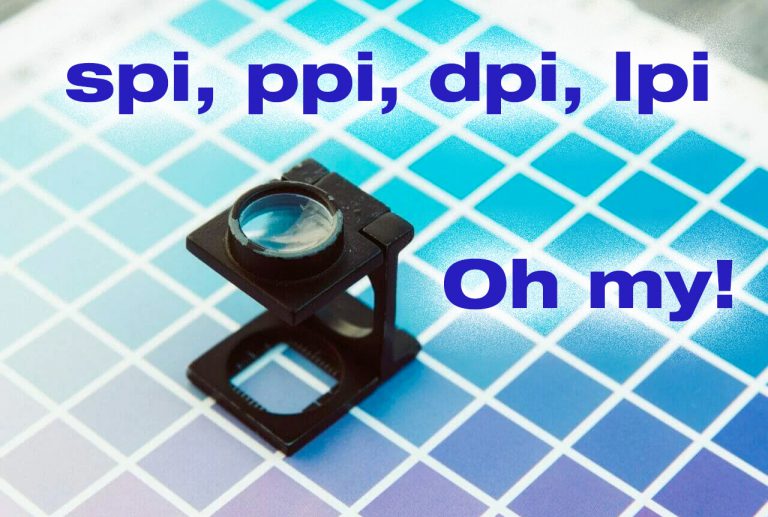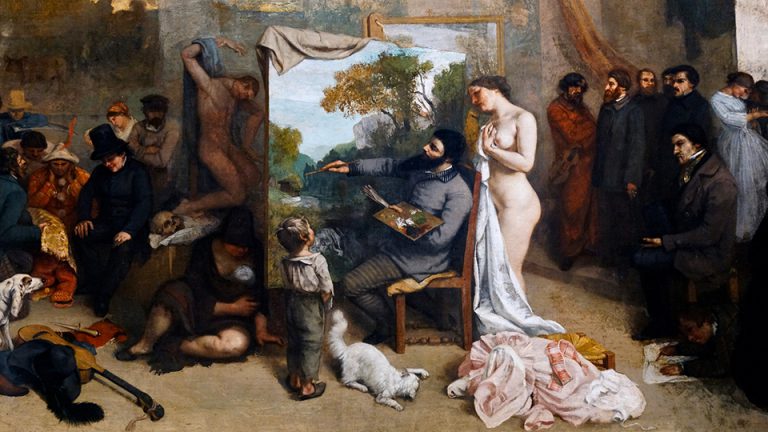
A typical consumer DSLR camera might come with image resolution of 24.3 MP or 24 megapixels. So exactly what does that mean anyway? It means that at the highest quality setting – Camera Raw or the...
This is the one area of most confusion and misinformation that I come across when speaking with anyone wanting to understand or learn more about Photoshop. The issue of resolution still seems to...
White Balance
If you choose to shoot using Auto (A) mode, then everything is automatically done for you — just point and shoot. The newer model DSLRs are so sophisticated that its almost impossible...
There are two main methods for collecting and developing source material for paintings: 1. Drawing and sketching. In another life I owned and managed a graphic design business in Boston where I spent...
Unlike previous eras, the materials and tools of today’s artists are widely and easily available. In comparison to the hundreds of years before “modern painting”, it seems that technical excellence...
Nearly all artists materials were originally made in the studio. They were pretty much the same stuff since Jan Van Eyck first discovered, around 1400 when he was 30 years old, a practical method of...
The underpainting and creating the illusion of volume — four historical technical approaches, Part 2
Peter Paul Rubens (1577-1640), Antwerp, Netherlands, sought to achieve the same results as Titian, but sought to do it using the “alla prima” (at once) method of painting – getting the whole thing...
The underpainting and creating the illusion of volume — four historical technical approaches, Part 1
Representational artists all share one common goal – to present an illusion of volume, accomplished in painting through the juxtaposition of dark and light values, and of highlights and shadows. ...
The creation of music and art are connected, the former using the arrangement and rearrangement of notes on a scale to achieve sonic harmony and the latter using line, color, value and the arrangement...
- 1
- 2








